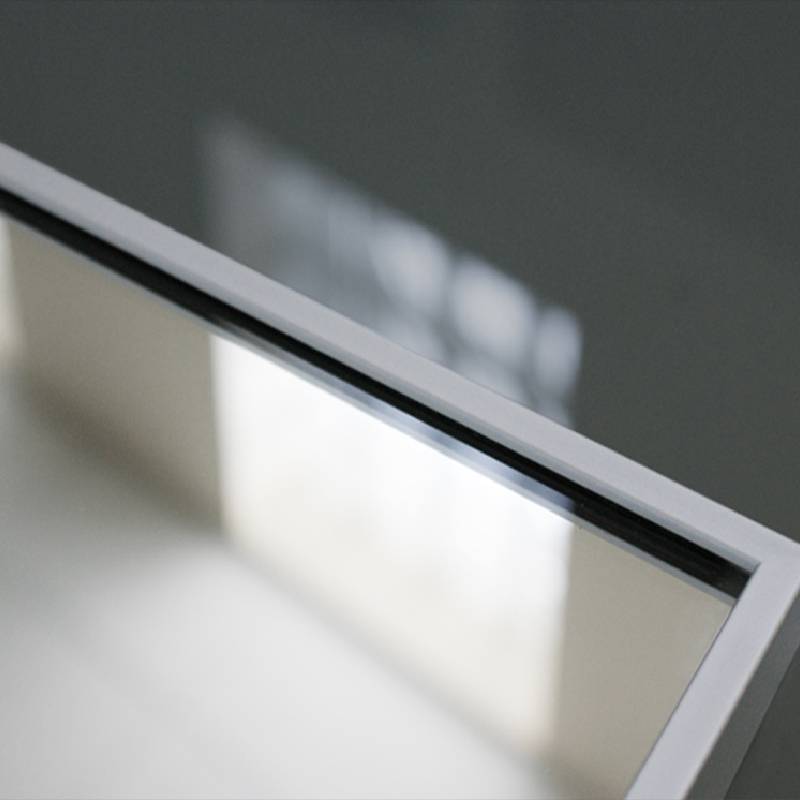

The Versatility of Coated Float Glass An Overview
Coated float glass has revolutionized the glazing industry, combining aesthetic appeal with superior functional properties. It is a type of flat glass that undergoes a coating process to enhance its performance characteristics, making it suitable for a wide range of applications, from architecture to automotive manufacturing.
What is Coated Float Glass?
Float glass is produced by floating molten glass on a bed of molten tin, creating a smooth, uniform surface. The coating applied to this glass can improve its energy efficiency, optical properties, and durability. Common coatings include low-emissivity (Low-E) coatings, which reflect heat back into a building, and solar control coatings, which filter harmful UV rays and reduce glare.
Energy Efficiency
One of the primary benefits of coated float glass is its energy efficiency. In modern construction, energy-efficient buildings are becoming increasingly important due to environmental concerns and rising energy costs. Low-E coated float glass allows natural light to enter while minimizing heat loss in the winter and reducing heat gain in the summer. This dual benefit can lead to significant savings in heating and cooling costs over time, making it an attractive option for homeowners and builders alike.
Aesthetic Appeal

Beyond functionality, coated float glass also contributes to the aesthetic value of a building. The coating can give the glass various colors and finishes, enhancing design flexibility. Whether used in windows, facades, or decorative elements, coated float glass can complement any architectural style, from modern minimalist designs to traditional configurations. With the ability to control glare and reflections, architects can achieve stunning visual effects without compromising the comfort of occupants.
Durability and Safety
Coated float glass is not only about beauty and efficiency; it also offers enhanced durability. The coatings help to protect the glass from scratches, pollutants, and harsh weather conditions, increasing its lifespan. Safety is another crucial aspect, as coated float glass can be tempered or laminated to meet stringent safety standards, reducing the risk of injury in case of breakage. This makes it ideal for use in high-traffic areas or where safety is a primary concern.
Applications
The applications of coated float glass are vast and varied. It is commonly used in residential and commercial buildings for windows, doors, and facades. In the automotive industry, coated float glass is utilized for windshields and side windows, where clarity and protection from UV radiation are essential. Furthermore, the glass is also favored in solar panel manufacturing, as its reflective properties can significantly enhance the efficiency of solar cells.
Conclusion
As the demand for sustainable and stylish building materials continues to rise, coated float glass stands out as a superior choice. Its combination of energy efficiency, aesthetic versatility, durability, and safety makes it an essential component in the architecture of modern living spaces. Whether enhancing the visual appeal of a skyscraper or improving the comfort of a family home, coated float glass is undoubtedly a material that meets both functional and aesthetic needs. As technology advances, we can expect to see even more innovative uses for this remarkable material in the years to come.